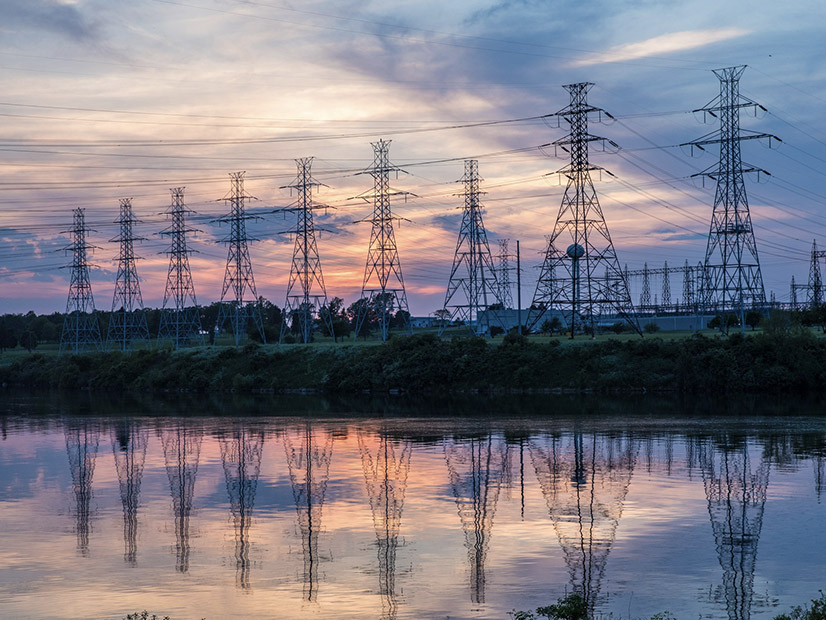NYISO Q2 STAR Report
NYISO CEO Rich Dewey presented findings from the ISO’s second-quarter short term assessment of reliability (STAR), which found a shortfall as large as 446 MW in New York City (Zone J) generating capacity by the summer of 2025.
The Q2 STAR report indicates that New York City’s reliability margin deficit will be driven by growing electrification, an expanding economy, the expected retirement of fossil fuel plants due to the state Department of Environmental Conservation’s (DEC) peaker rule and delays to the Champlain Hudson Express project from Hydro Quebec. (See NYC Marginal Reliability Deficient by 2025, Finds NYISO Q2 STAR Report.)
Zone J’s deficiency could require certain emitting power plants to stay online longer than permitted by the DEC’s peaker rule and risk New York being unable to achieve many of its climate and energy goals.
However, Dewey noted that keeping peakers online was a last resort and he promised NYISO would return shortly with more information about the issue.
Demand Curve Reset
NYISO Senior Vice President Rana Mukerji told the EC that the ISO is finalizing the contract terms with the vendor selected to conduct the demand curve reset, though did not provide the company’s name because negotiations are ongoing.
NYISO conducts the reset every four years to review and update the parameters used to determine the ICAP demand curves, which helps the ISO procure the right volume of megawatts to meet demand.
Mukerji said NYISO would announce the chosen vendor in the next couple weeks.
EWE Impacts
Aaron Markham, NYISO vice president of operations, told the EC that recent extreme weather events had not significantly impacted ISO operations.
EC Chair Chris Wentlent asked whether the ongoing wildfires in Quebec or the recent flooding across the Northeast had resulted in emergency operations or loss of transmission as in ISO-NE.
“NYISO has actually been exporting to Quebec to help support them during these ongoing wildfires, and the recent flooding did cause some small level of distribution level outages but no impacts on the transmission or power assets in New York,” Markham said.
“We did also export some megawatts to New England to support them on the fifth of July due to forest fires,” he added. (See Canadian Wildfires Trigger ISO-NE Capacity Deficiency.)
PRR-152
Roger Clayton, chair of the NYSRC’s Reliability Rules Subcommittee, updated the EC about potential reliability rule changes, including creating a new rule for wind and solar resource lull conditions.
The rule, PRR-152, quantifies transmission facility performance metrics related to wind or solar lull periods and helps define the exact contingency plans that should be implemented during these periods of lower intermittent production.
Pointing to recent extreme weather events, Clayton said “we’ve seen how these lulls can cover all of the Northeast,” making it “important to understand these lull dynamics due to the increasing penetration of wind and solar.”
The RRS will continue developing PRR-152 with NYISO and gladly accept any submitted initial comments.


